I am trying to use the new Auto Layout in Lion because it seems quite nice. But I can not find good information about how to do things. For example:
I have two labels:
+----------------+
| +------------+ |
| + label 1 | |
| +------------+ |
| |
| +------------+ |
| | label 2 | |
| +------------+ |
+----------------+
but the first label gets not always populated with content, sometimes there ist just no content for it. What I would like to do is to automatically show the label 2 where label 1 would be when it would have content.
+----------------+
| +------------+ |
| + label 2 | |
| +------------+ |
| |
| |
| |
| |
+----------------+
What constrains would I have to add so it works automatically with autolayout? I understand that I could just code everything, but I have about 30 such labels and images and buttons of different styles and shapes which are all optional and I don't want to add hundrets of lines of code when it could work automatically quite nice too.
If it does not work then I will just use a WebView and do it with HTML and CSS.

